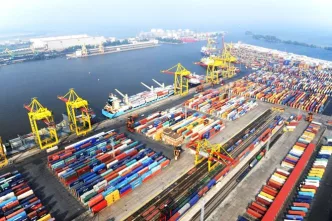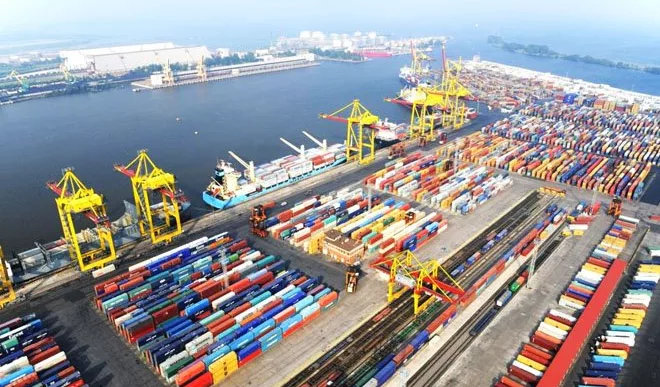In the contemporary financial landscape, the global oil markets remain a critical barometer for economic health and geopolitical stability. Recent months have seen this vital commodity undergoing significant price fluctuations, primarily driven by a confluence of economic instability and escalating product prices worldwide. This article aims to dissect the multifaceted dynamics at play, shedding light on the intricate interplay between global economic trends and the oil sector.
The Ripple Effect of Economic Instability
Economic instability, marked by volatile stock markets, fluctuating interest rates, and uncertainties in global trade relations, has a profound impact on oil prices. Investors’ sentiment plays a pivotal role in this scenario, as apprehensions about future economic prospects can lead to decreased demand projections for oil, putting downward pressure on its prices. Furthermore, the strength of the US dollar, which inversely affects oil prices due to its status as the currency for global oil transactions, has been another critical factor. A stronger dollar makes oil more expensive for holders of other currencies, potentially dampening demand.
Rising Product Prices and Inflationary Pressures
Concurrently, the world is grappling with rising product prices, a trend exacerbated by the ongoing supply chain disruptions and post-pandemic recovery efforts. The surge in product prices contributes to inflationary pressures, compelling central banks to adjust monetary policies, which can have far-reaching effects on oil demand and prices. For instance, increased interest rates typically strengthen the national currency, affecting oil prices as previously mentioned. Moreover, inflation diminishes consumer purchasing power, leading to decreased consumption, including that of energy and oil.
Geopolitical Tensions and Supply Constraints
The geopolitical landscape further complicates the global oil market dynamics. Political unrest and tensions in key oil-producing regions can lead to supply disruptions, fostering a sense of uncertainty that often results in price spikes. Additionally, decisions made by major oil-producing alliances, such as OPEC+, regarding production levels and supply cuts, are closely watched by the market for their potential to sway oil prices significantly.
The Green Transition and Its Influence
The global shift towards green energy and sustainability also casts a long shadow over the oil markets. As countries and corporations commit to reducing carbon emissions and investing in renewable energy sources, the long-term demand outlook for oil faces potential decline. This transition, however, is a double-edged sword; in the short term, investments in oil and gas infrastructure may decrease, tightening supply and potentially elevating prices, especially if the green transition does not scale up rapidly enough to meet energy demands.
A Future of Uncertainty and Adaptation
In conclusion, the global oil market is currently at the nexus of multiple, sometimes conflicting, economic and geopolitical forces. Economic instability and rising product prices, along with geopolitical tensions and the global energy transition, are creating a complex and volatile environment for oil prices. Stakeholders in the oil sector, from producers to investors, must navigate this uncertainty with a keen eye on both immediate challenges and long-term shifts in energy consumption patterns. As the world economy seeks equilibrium amidst these fluctuations, the oil market remains a critical watchpoint for understanding broader economic trends and strategic shifts in global energy policies.














